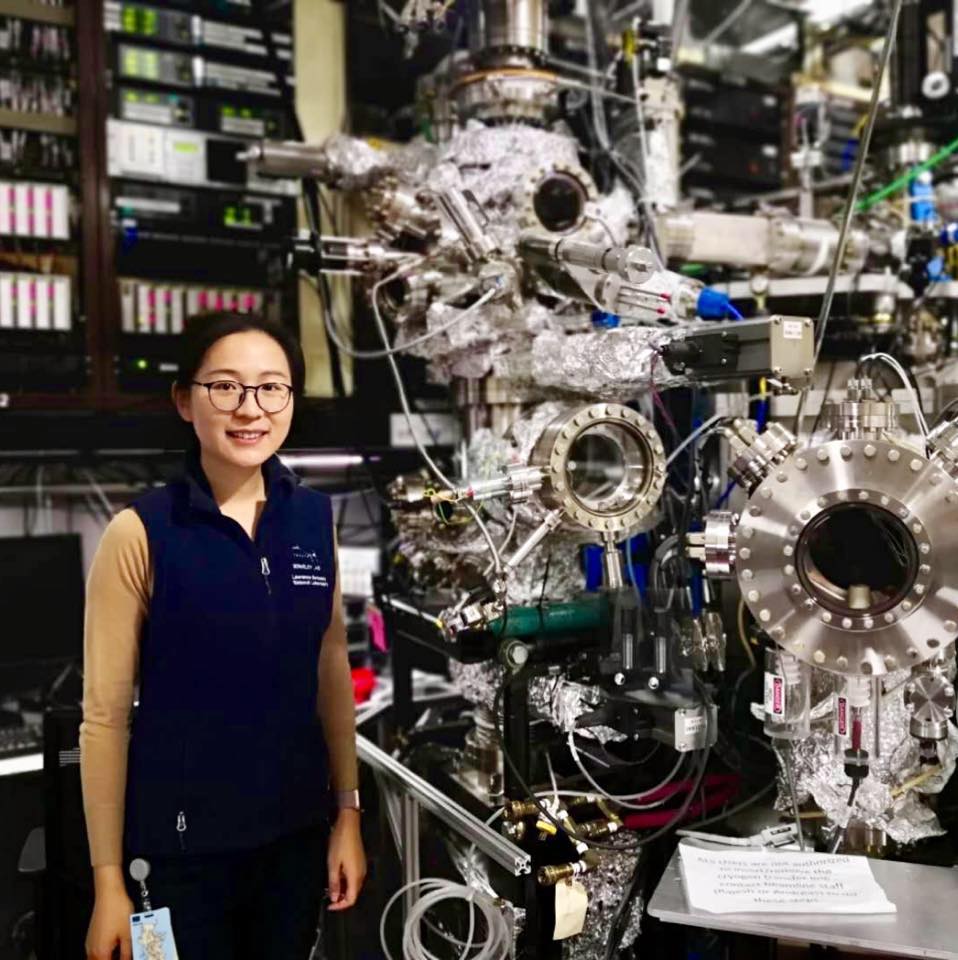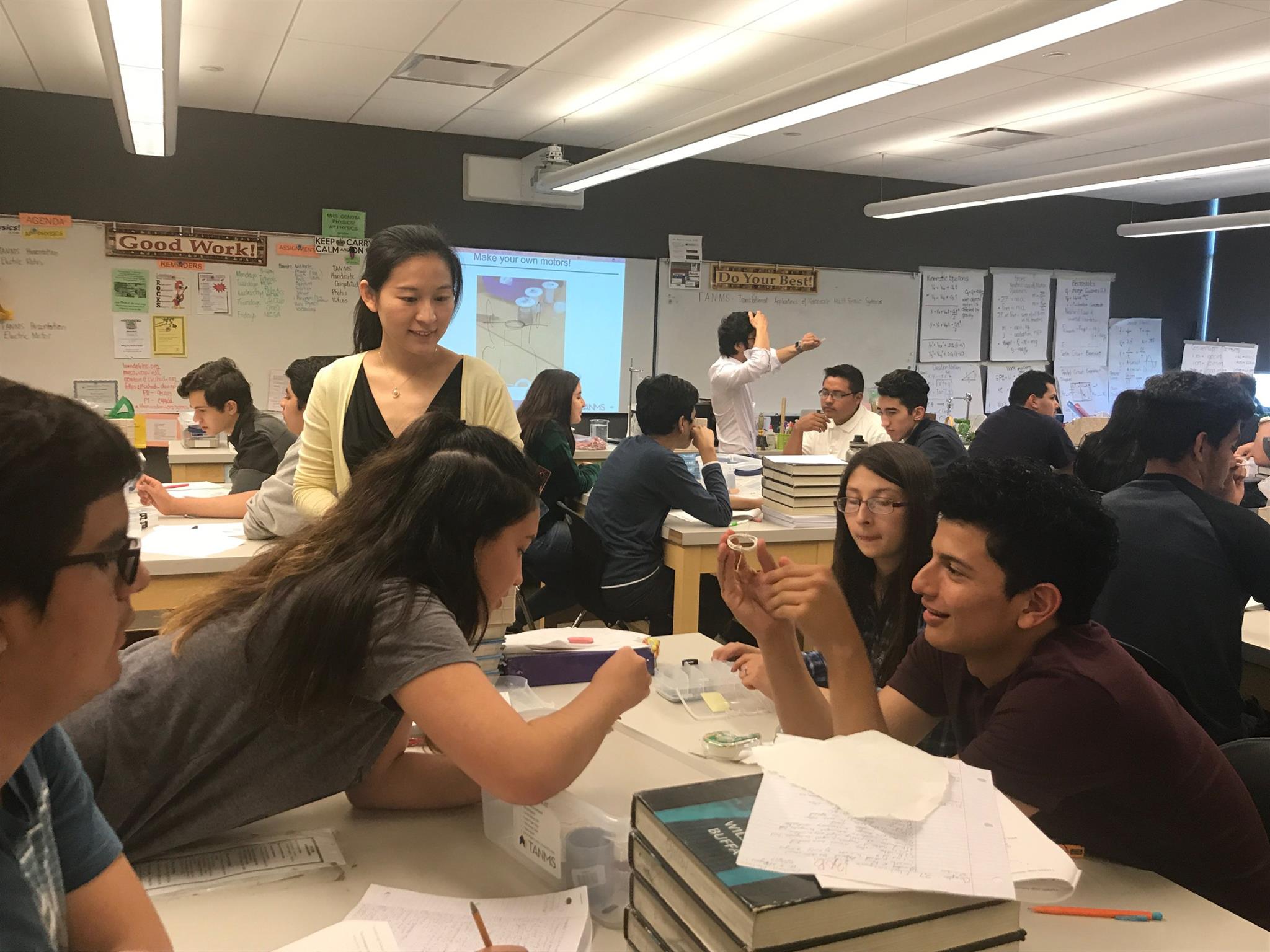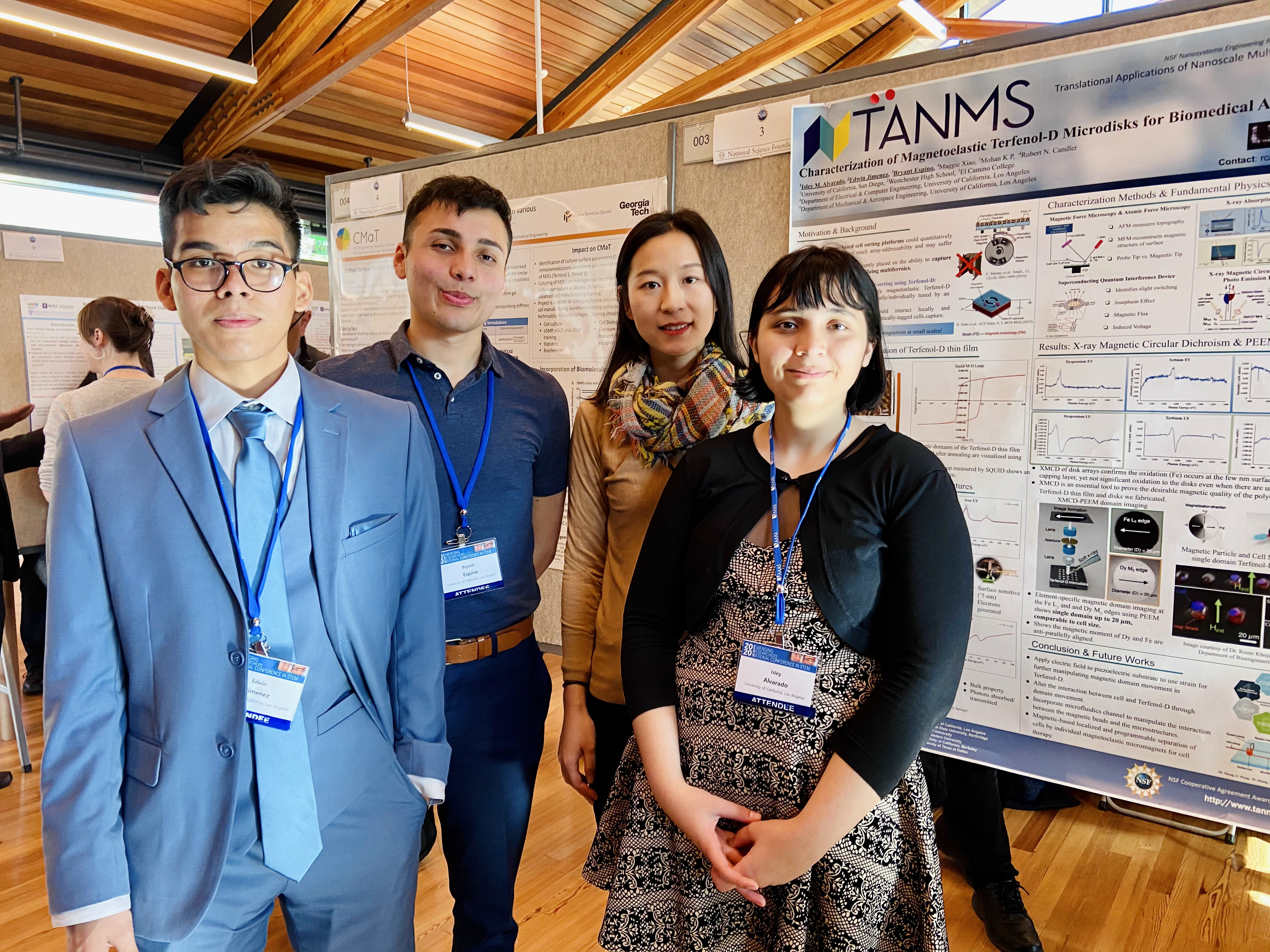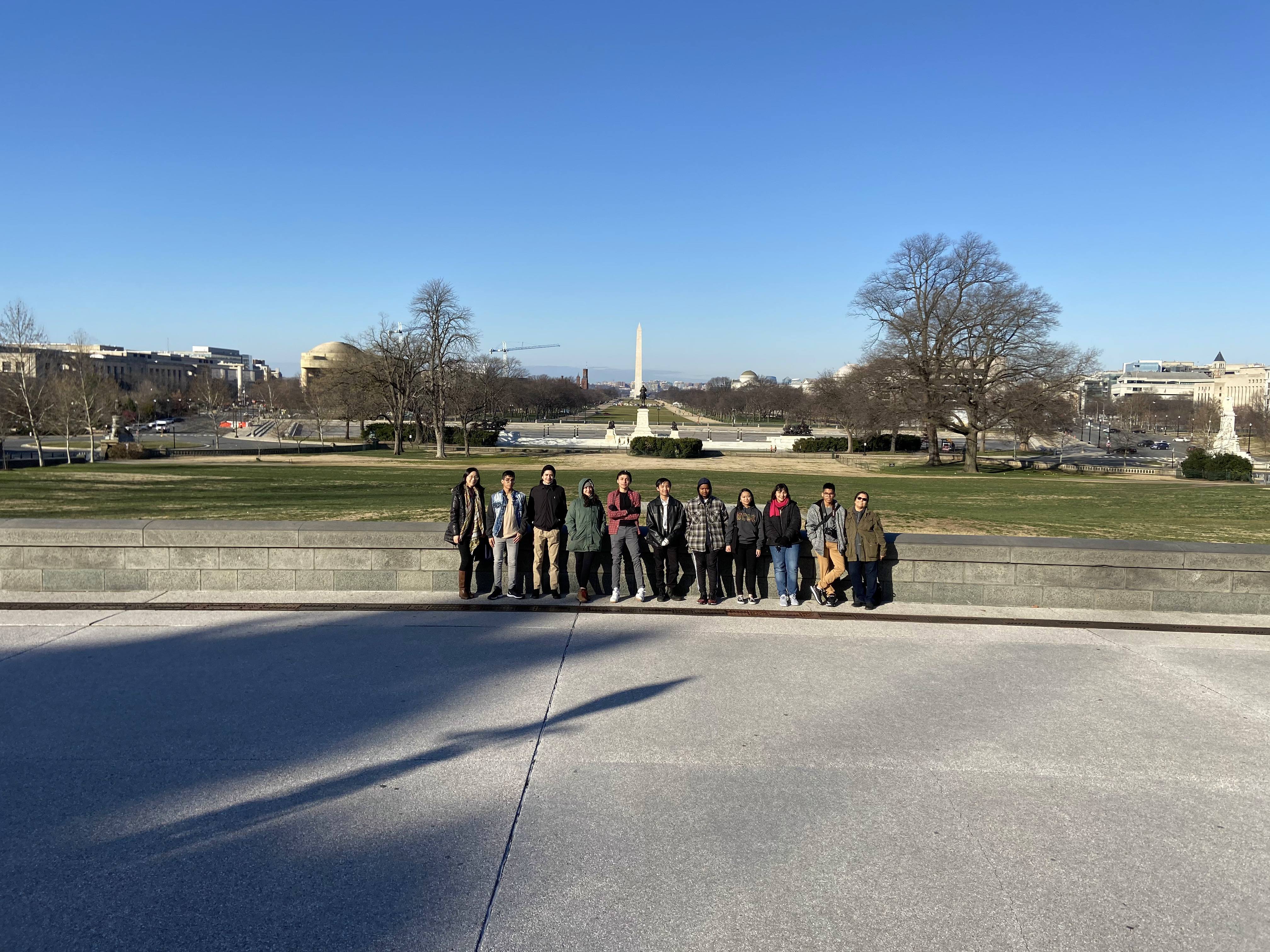+ Welcome!

Hello, I am Maggie.
mail_outline Email: zxiao2015STL@g.ucla.edu (remove "STL" for correct email address)
About Me
I am a Ph.D. Candidate in Electrical & Computer Engineering at UCLA working in the Sensors and Technology Lab (STL) led by Prof. Robert N. Candler.
I have extensive research experience (synchrotron x-ray beamline experiment and data analysis, finite-element modeling) in experimental physics involving magnetics and multiferroics. I am also working on bridging machine learning and magnetism, in particular magnetic microscopy image analysis using computer vision techniques.
I was a 2018-2019 Doctoral Fellowship recipient from the Advanced Light Source (ALS), Lawrence Berkeley National Laboratory, advised by Dr. Elke Arenholz and Dr. Alpha T. N'Diaye.
I am a member of the NSF-funded center for Translational Applications of Nanoscale Multiferroic Systems, or TANMS.


